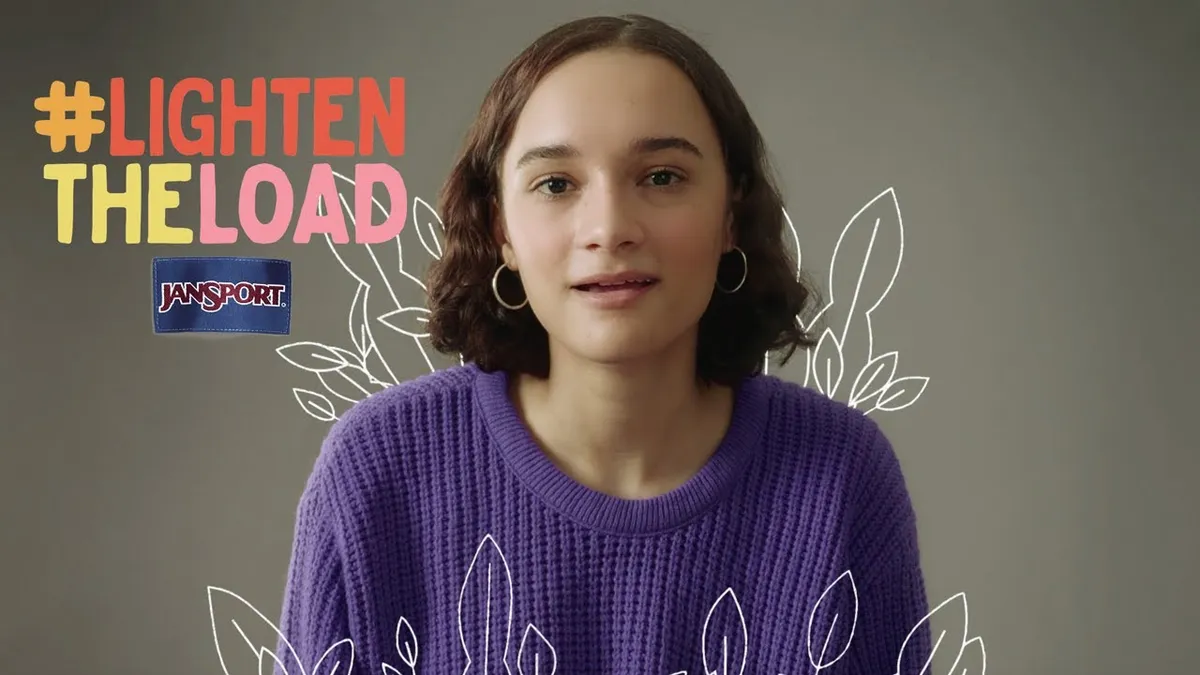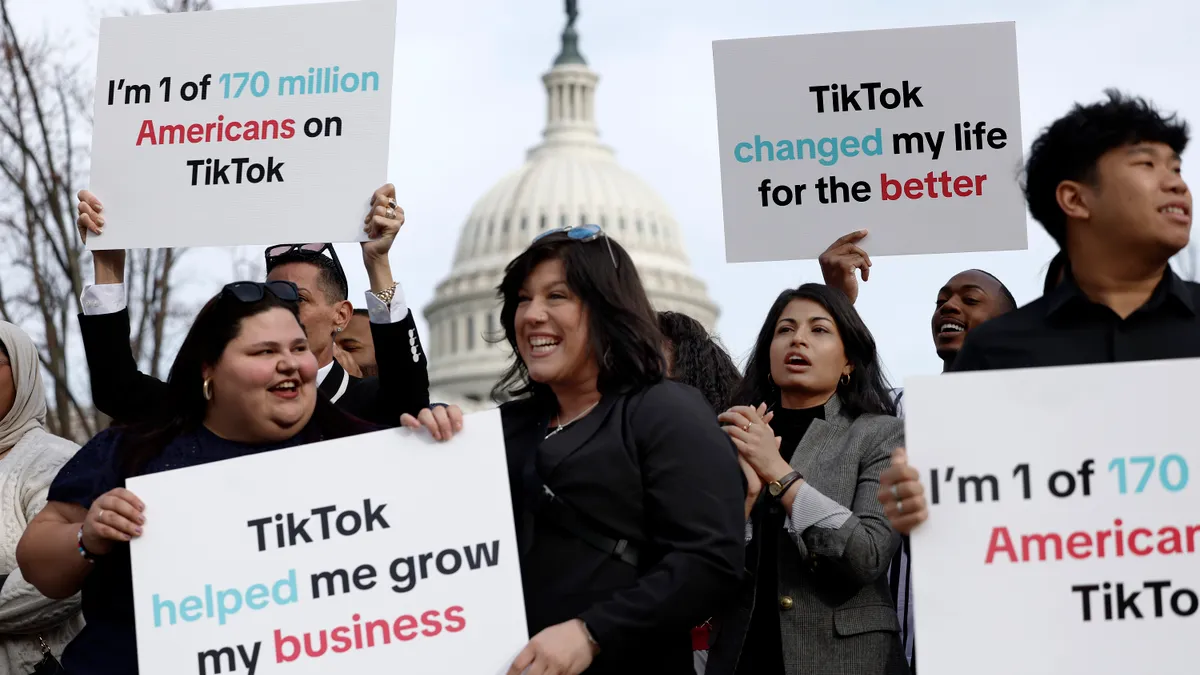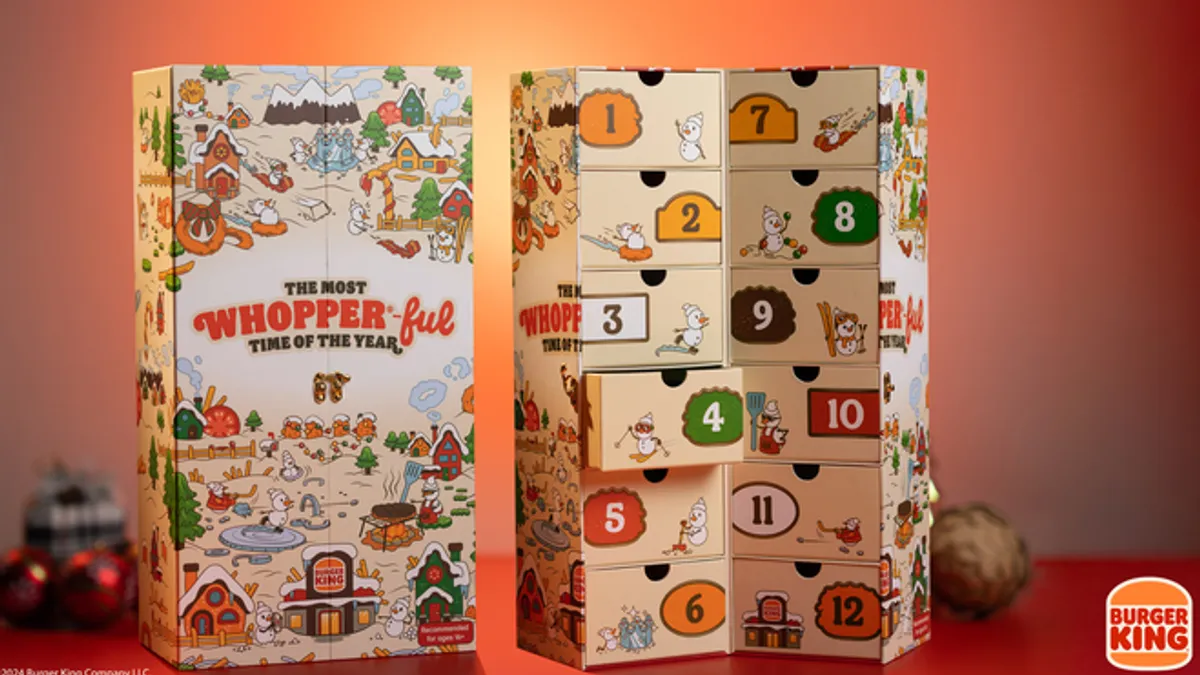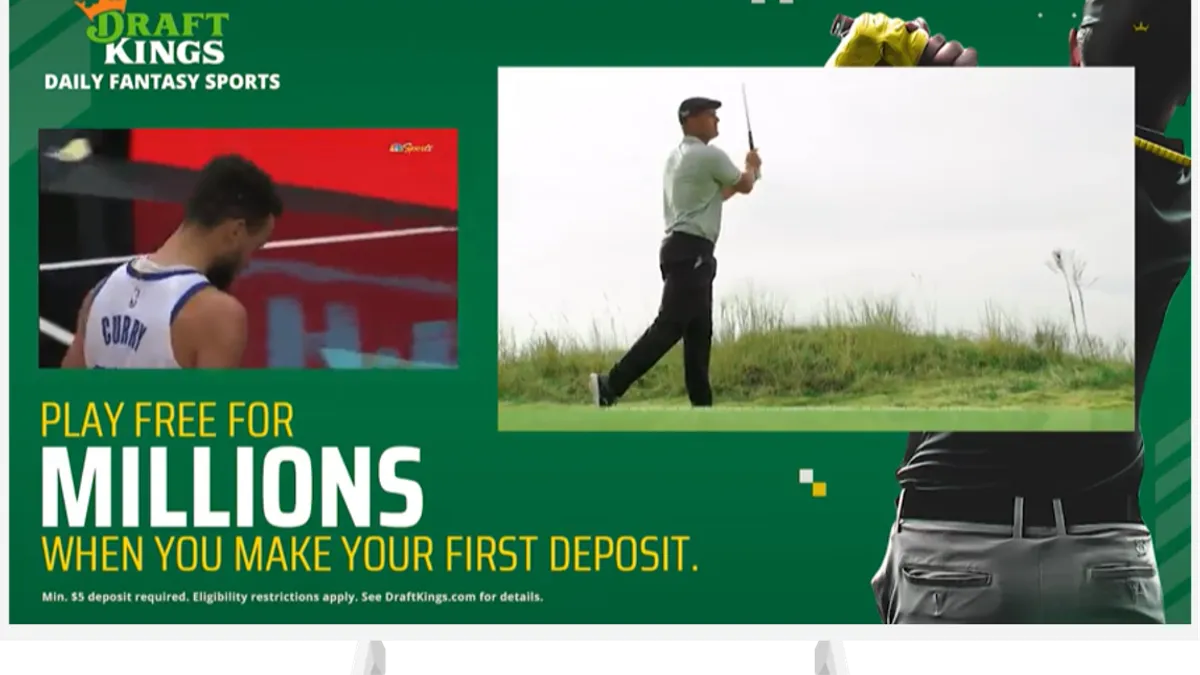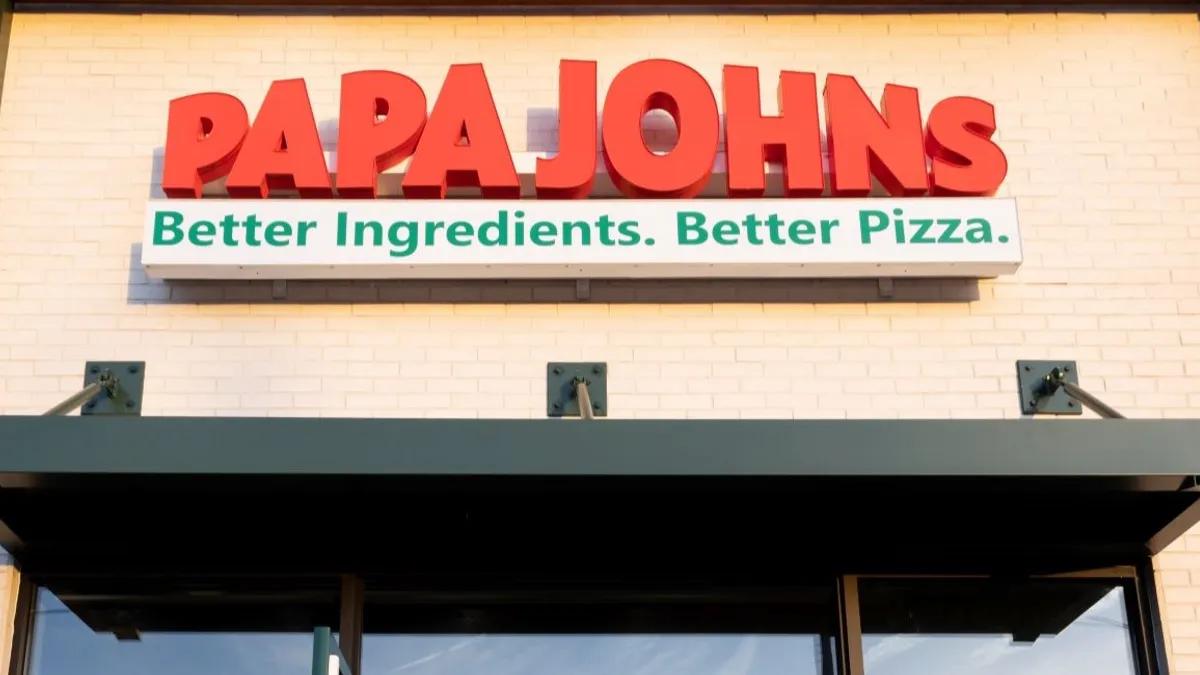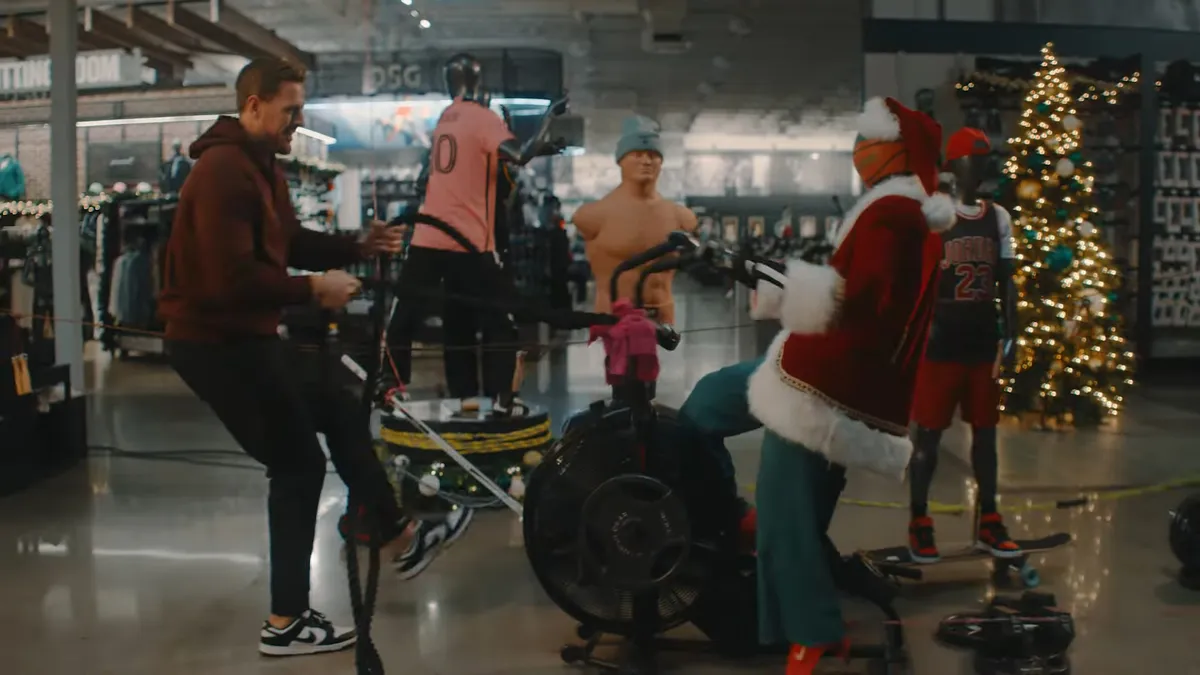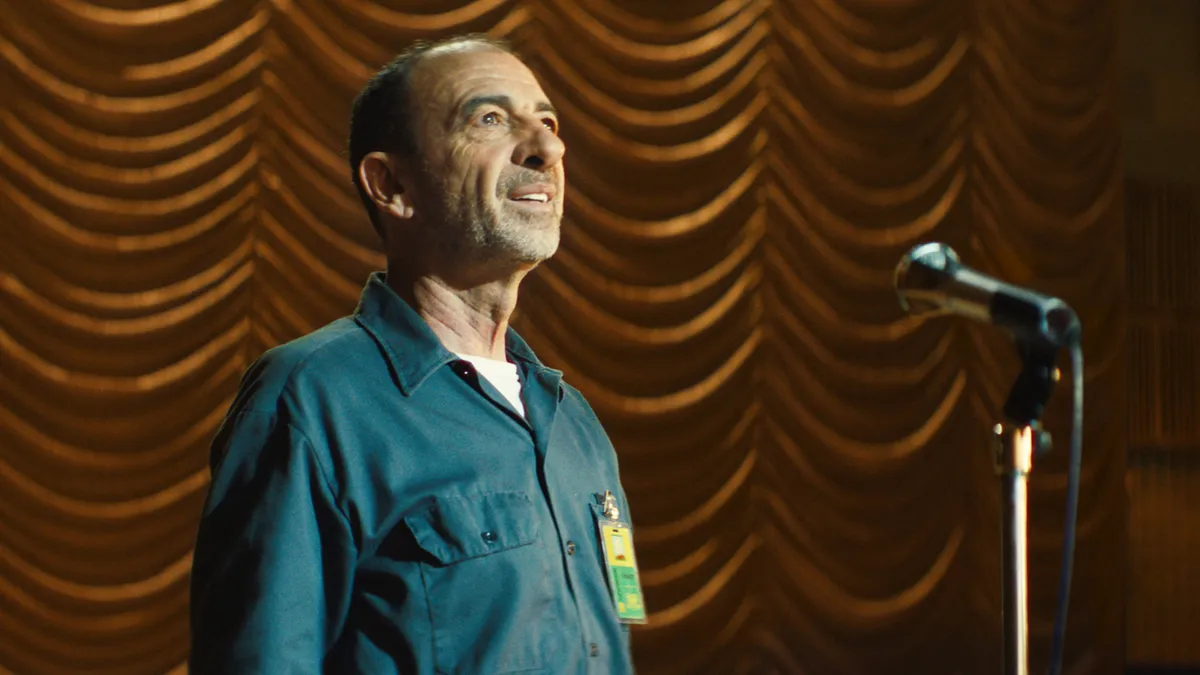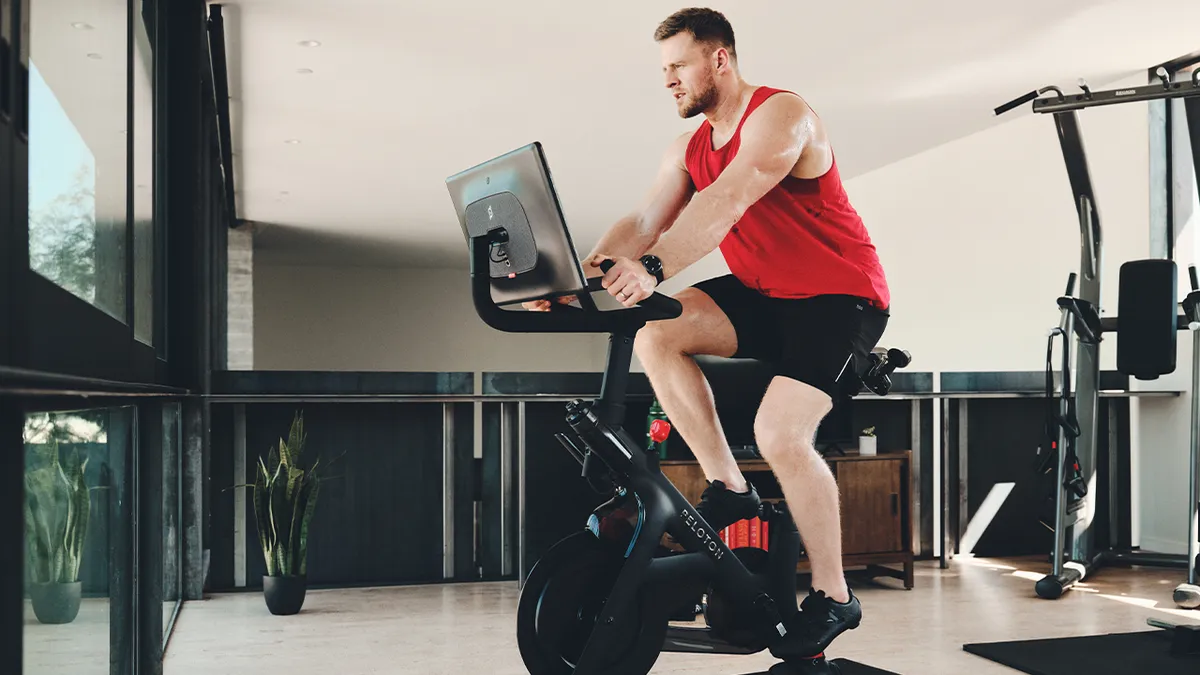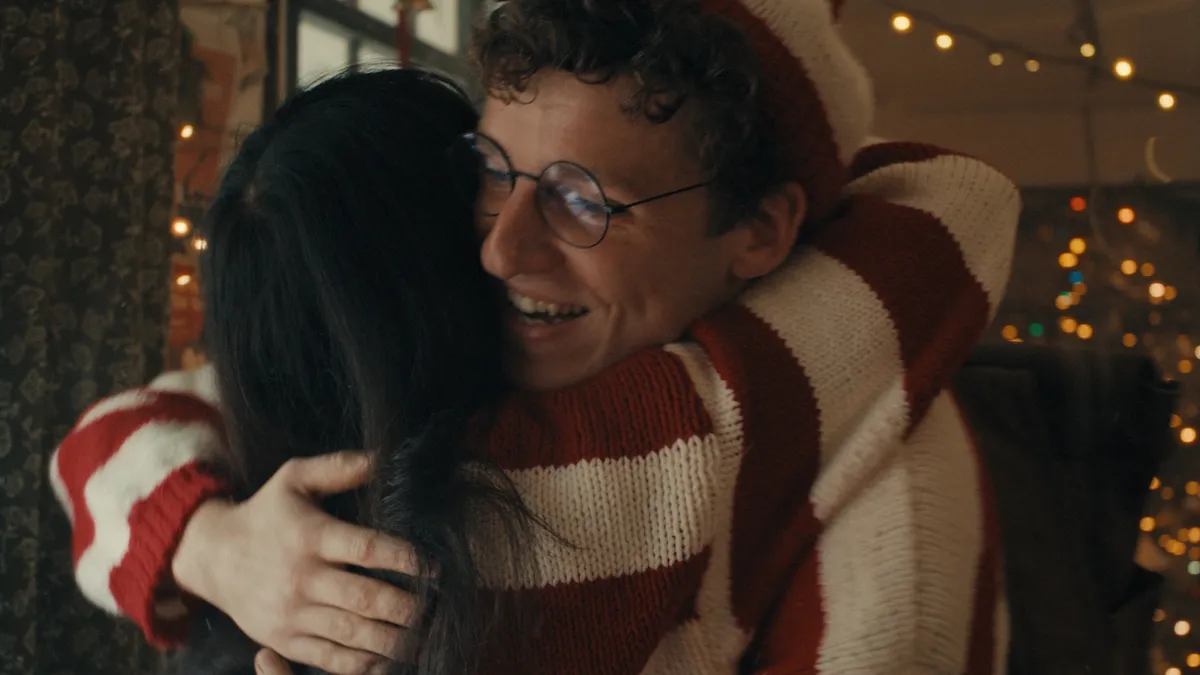From packed yellow buses to doorbuster deals, staples of back-to-school marketing this year are sparse as the coronavirus pandemic casts a pall over one of the most important sales windows for retail marketers — a period that also typically sees fun, sunny creative messaging thrive.
A quieter, somber start to the season is understandable as teachers in hotspot states like Texas draw up wills for fear of contracting the novel coronavirus, which causes the deadly illness COVID-19. The staid atmosphere is yet another sign of how the ongoing health crisis has fundamentally altered marketing strategies, with even historically safe promotional occasions carrying new risks. For retail-oriented brands, the effect can resemble walking on eggshells, as they look to promote safety and progress while also trying to buoy businesses operating in a category that has been hit hard during the pandemic and is in need of a lifeline.
"If you have production footage of people without masks or people all together, suddenly that raises eyebrows. You've got to be very considerate about what you're showing people and in what context," Oz Etzioni, CEO of the personalization platform Clinch, told Marketing Dive in an interview. "You've got to be able to really quickly change the content, change the messaging and the tone, or else you'll seem to be either irrelevant or insensitive."
Even as some retail marketers pull back on spending either out of an abundance of caution or due to economic hardship, others are leaning into the realities of the pandemic head on. In place of light-hearted fare, more ads are emerging that recognize navigating an uncertain landscape, including by shining a spotlight on disparate learning setups, the current wave of activism and mental health awareness. For some agency executives, the grounded approach is overdue and an outreach method that might actually better address the needs of cause-driven audiences like Gen Z.
"Back to school marketing was definitely in need of a shakeup. Gen Z can smell B.S. from a mile away," Jay Kamath, co-founder and chief creative officer at the Los Angeles-based agency Haymaker, told Marketing Dive. "We have an opportunity to either provide services or resources and recognize the moment that we're in as opposed to going to the same old playbook."
Room to stand out
Any windfall retailers will see from the current back-to-school season is at risk as COVID-19 cases continue to climb in the U.S. Some forecasts, including those of the National Retail Federation (NRF), remain bullish.
The NRF last week projected that parents with children in elementary school through high school will spend a record $33.9 billion on back-to-school goods this year, up considerably from $26.2 billion in 2019. Other analysts offer a less rosy outlook, and advertising output to date reflects a chillier environment.
A recent analysis by the data firm Numerator found that back-to-school advertising was down almost 50% through mid-July versus the year-ago period. Jake Cohen, head of product at the marketing technology company Klaviyo, described the state of the season as "drippy," noting marketers might be taking a wait-and-see approach amid a patchwork of school openings that include everything from plans to hold in-person classes to commitments to all-virtual learning.
"You're just going to see an extended back-to-school season," Cohen said in an interview. "I think [advertising] is going to be down 20-30% compared to last year, give or take, but it's going to feel really flat because it's not going to be condensed into two or three weeks — it's going to happen over two months."
While there are fewer back-to-school ads running so far compared to year's past, brands ramping up their efforts now could have a better chance to stand out.
"Back to school marketing was definitely in need of a shakeup. Gen Z can smell B.S. from a mile away."

Jay Kamath
Chief Creative Officer, Haymaker
Old Navy, for instance, drew attention with a back-to-school campaign that stars five activists, a reflection of how the current civil rights movement is starting to wield greater influence over mainstream brand strategy. In another serious-minded approach, Haymaker and consulting agency Ruby Pseudo designed a campaign for backpack maker JanSport that interviews real teenagers about their struggles with mental health. Like most back-to-school campaigns, the "Lighten the Load" concept was formulated over months — and before COVID-19 roiled the U.S. — but has been tweaked to meet the demands of the pandemic.
"It's really addressing the issues that are on young people's minds in the absence of school, whether that's tackling issues of loneliness, isolation, managing expectations," Kamath said.
In the same way that depicting people hugging or holding hands now comes loaded with meaning, typical back-to-school signifiers are also charged. Macy's back-to-school campaign this year features a shot of a young boy practicing soccer, an image that can recall both sadness over the loss of team sports but also resiliency, Ken Erke, founder of Major Behavior, the agency that created the ad, said in an interview.
"There are so many things you don't realize were lost," Erke told Marketing Dive. "So many kids were dying to have baseball in the spring, soccer in the fall. Just because you're showing somebody with a soccer ball ... that's that passion that you're hoping to still have."
A scrappy approach
Back-to-school campaign production, a process that typically takes weeks or even months to execute, has also been flipped on its head by the pandemic. Erke said that Major Behavior had buttoned up its pitch for Macy's in January, but had to realign priorities in mid-April as it became apparent that the coronavirus' effects wouldn't burn off by the fall. The agency has an existing relationship with Macy's, which has a significant stake in back-to-school advertising, and has previously worked on the retailer's seasonal campaigns.
"A lot of people are now trying to do remote shooting, but it's difficult for people to feel comfortable," Erke said of the latest campaign, which debuted across broadcast and digital on Sunday. "To send them to some sort of film set, even if it was a small film set, would've been uneasy."
Instead, Major Behavior coordinated with several independent directors of photography who had children and asked them to capture footage themselves. The end result are ads that are more professional-looking than the typical remote shoot, but authentic and representative of different learning setups parents are contending with, including homeschooling.
Several other companies have adopted a similar approach. JanSport intended to do its candid interviews in-person, but instead sent production kits to its teen subjects around the country so they could create the videos themselves.
"We had to get kind of scrappy," Kamath said.
Though a break from the high-gloss back-to-school ads of the past, the do-it-yourself quality of this year's campaigns gels with apps centered on user-generated content that are commanding Gen Z's attention, namely TikTok and Instagram. American Eagle also enlisted real teens to create its back-to-school-push, which was directed, shot and produced entirely through Zoom and emulates TikTok culture with a focus on dance videos. Hollister, a rival in the youth-focused apparel market, is also running a campaign with a heavy TikTok element.
Social media can open up a level of candor and direct engagement that TV doesn't. JanSport has extended its campaign to include sessions with therapists held over Instagram Live, for example.
"I don't know if our media strategy changed so much [due to the pandemic]. It was always going to be a digital-, social-first campaign," Kamath said. "Again, in terms of leveraging platforms like TikTok or Instagram, obviously, that's where Gen Z lives."
Heading for the holidays
A reliance on community-building and virtual production methods will likely stay at the top of the agenda as retail marketers start planning for their biggest sales period, the holidays. Q4 is almost certain to carry over current pandemic-related challenges, and potentially new ones as well if the virus isn't better managed in time for flu season.
"For the next six to nine months there's going to be kind of a remote [focus],” Erke said. "When it comes to shooting, we're going to be doing it remotely, and safety will be of the utmost concern. The art of commercial making is definitely going to be affected for a while."
With lingering uncertainties around how the pandemic will play out, the back-to-school period may serve as an early bellwether for how brands will tackle a volatile holiday season in both messaging and media planning. Just as back-to-school campaigns have this year gravitated toward apps like TikTok, the holidays could create a more digitally focused and fragmented ad market, but one that might also need to be more aggressive in convincing consumers to shop.
"It's going to take a lot to regain [consumer] confidence in time for November," Klaviyo's Cohen said. "People were really bullish a month and a half ago, they went into stores. Now, we're where we are."



